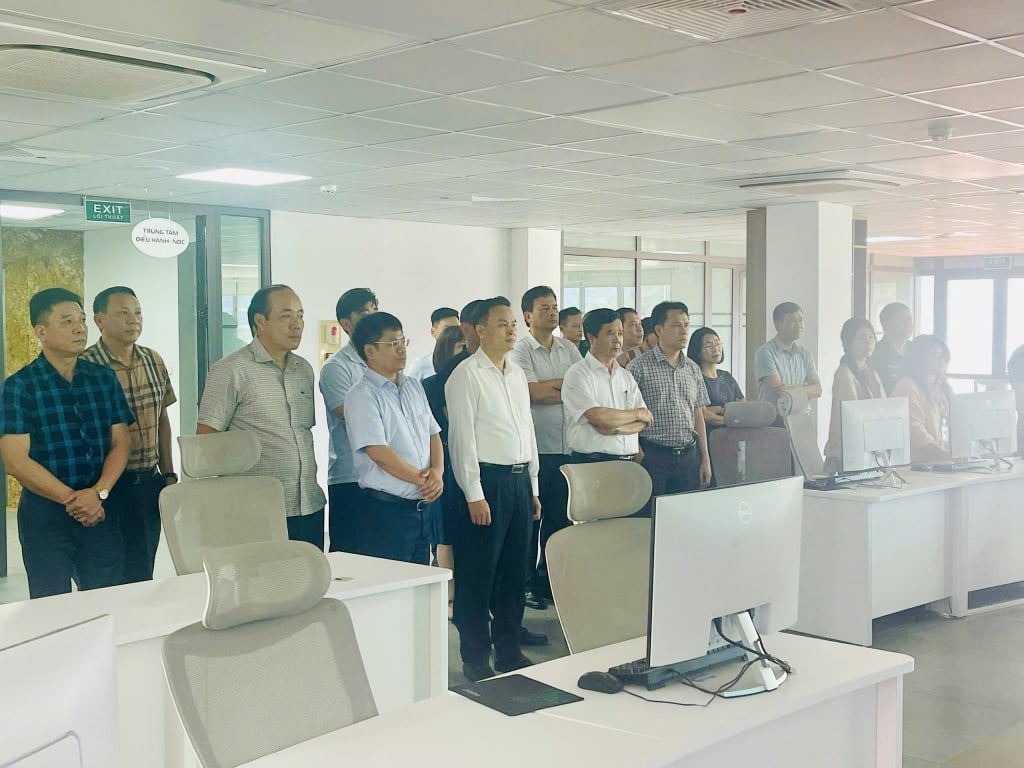
The Mong Cai (Vietnam) – Dongxing (China) border gate plays a particularly important role in trade in the northern border region, serving as a strategic link between Vietnam and the South China region. In the context of strong integration and digital transformation, building a smart border gate model here is an urgent requirement both practically and strategically. Statistics show that the volume of people and goods passing through the border gate is increasing rapidly, averaging 18,000-20,000 people and nearly 800 vehicles per day, sometimes doubling during peak periods, causing infrastructure overload, congestion, and increased costs. Meanwhile, the requirements for ensuring border security, preventing smuggling, and combating disease outbreaks are becoming increasingly complex, demanding a modern control system that applies real-time monitoring technology, big data, and AI to identify risks early. The construction of smart border gates will be a driving force for regional economic development, attracting logistics and e-commerce businesses, creating jobs, increasing budget revenue, and enhancing competitiveness with other border gates in the Vietnam-China and ASEAN-China regions.
This also aligns with the trend of international cooperation, as China is modernizing 95 border gates and developing a "smart connectivity" ecosystem by 2030, including Guangxi – the area bordering Quang Ninh. The practical experience at the Huu Nghi (Lang Son) - Huu Nghi Quan (Bang Tuong - Guangxi) border gate shows that this model helps shorten customs clearance time, reduce logistics costs, and enhance security control. At the same time, it realizes high-level commitments between the leaders of the two countries on building a peaceful , stable, and cooperative border region for mutual development. In particular, in the Vietnam-China joint communiqués (2022 and 2025), both sides agreed to promote the "smart border gate" model, applying AI, big data, and cloud platforms in import-export management and logistics.
To implement the project, in July 2025, the province issued a decision to reorganize the Steering Committee for the construction of smart border gates, chaired by the Chairman of the Provincial People's Committee, with the Economic Zone Management Board as the permanent agency. This is the main coordinating body, working with departments, agencies, and local authorities to implement the project.
Based on this, the Quang Ninh Economic Zone Management Board, in coordination with relevant units, developed a pilot project for a smart border gate at the Mong Cai - Dongxing international border gate. They submitted a report to the Prime Minister and urgently sought feedback from 11 ministries and agencies to finalize the project's content, ensuring its consistency, feasibility, and alignment with the overall direction of digital transformation in border trade management. Simultaneously, the province also sent a working group to survey and learn from the smart border gate model in Lang Son (Huu Nghi and Tan Thanh areas) in October 2025, providing practical basis for refining the project. Currently, the project is being finalized for submission to the Provincial People's Committee for approval by the Prime Minister.
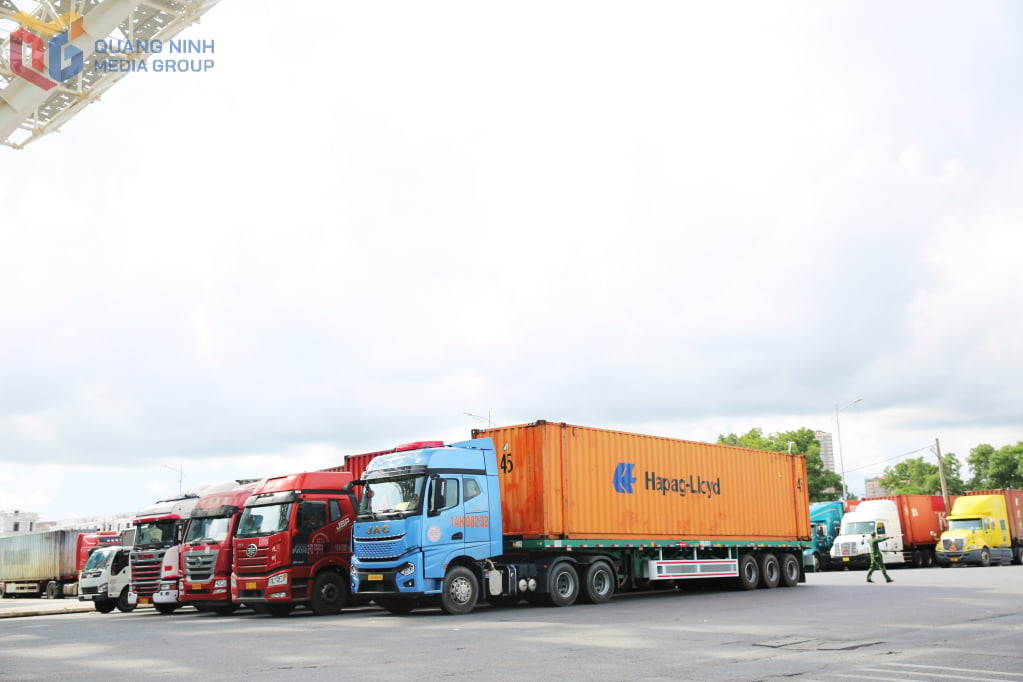
According to the project plan, the Mong Cai - Dongxing smart border gate will be built in two phases. Phase 1 (2025-2026): At the Bac Luan I bridge area, a smart immigration control model will be implemented for border residents, expected to be completed in 2025. At the Bac Luan II bridge area, the smart border gate infrastructure will be built, dedicated lanes and equipment for operating IGV (Intelligent Guided Vehicle) autonomous vehicles will be installed, operating 24/7; a Smart Operations Center (IOC) will be built according to the framework plan, to be completed by the end of 2026. Phase 2 (2027-2030): Expand the scope and scale of the Bac Luan I border gate, increasing the number of automated control lanes to serve both border residents and tourists. At Bac Luan II, the smart border gate model will be further expanded to serve both people and goods. The plan is to apply an automated IGV or mono-rail (sky-rail) freight transport model depending on actual needs. Simultaneously, investment will be made in the Bac Luan II Logistics Park, an e-commerce and import/export exhibition center, a smart logistics warehouse, and other supporting infrastructure, creating a modern border gate-logistics-trade complex that seamlessly connects Vietnam and China. In particular, the border gate management system will be fully digitized, applying facial recognition, fingerprint scanning, QR codes, and electronic passports, synchronized with the national database on population and immigration. Control of people, goods, and vehicles crossing the border will be automated, shortening processing time, reducing costs, minimizing direct contact, contributing to the prevention of smuggling and trade fraud, and ensuring border security.
According to the Economic Zone Management Board's assessment, once operational, this model will help establish a "one-stop shop" mechanism, shortening customs clearance time from hours to just a few minutes, minimizing congestion, increasing labor productivity, and enhancing the competitiveness of import and export businesses. Along with this, supporting services such as warehousing, transportation, and cross-border e-commerce will develop strongly, forming a border digital economic ecosystem. This is a strategic step to modernize border management, promote bilateral trade between Vietnam and China, integrate more deeply into the ASEAN-China regional supply chain, and move towards sustainable development and deep international integration.
With a proactive, creative spirit and strong determination, Quang Ninh province is striving to realize the goal of building Vietnam's first smart border gate, creating a foundation for replicating the model nationwide, and contributing to bringing import-export activities and international trade to a more modern, professional, and efficient management stage.
Source: https://baoquangninh.vn/xay-dung-cua-khau-thong-minh-mong-cai-dong-hung-3382082.html


![[Photo] Two flights successfully landed and took off at Long Thanh Airport.](/_next/image?url=https%3A%2F%2Fvphoto.vietnam.vn%2Fthumb%2F1200x675%2Fvietnam%2Fresource%2FIMAGE%2F2025%2F12%2F15%2F1765808718882_ndo_br_img-8897-resize-5807-jpg.webp&w=3840&q=75)





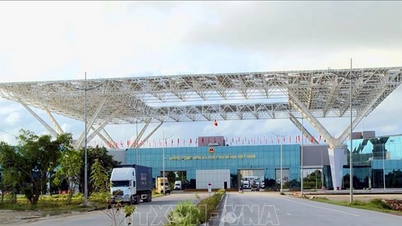

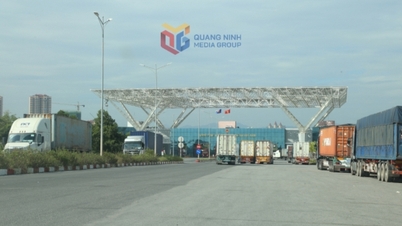

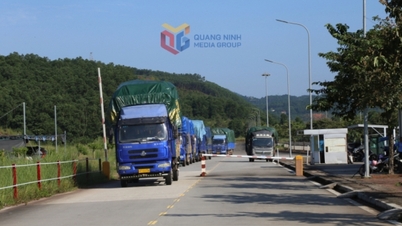
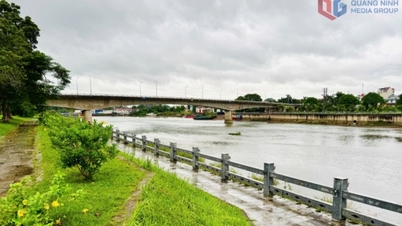


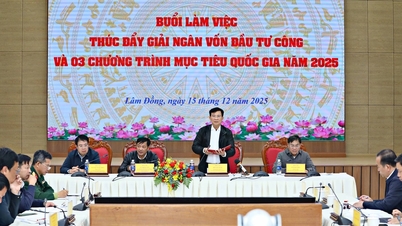

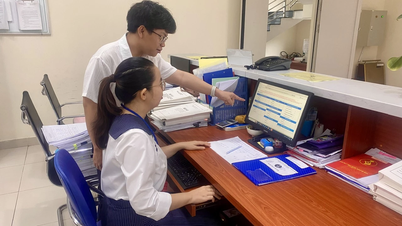

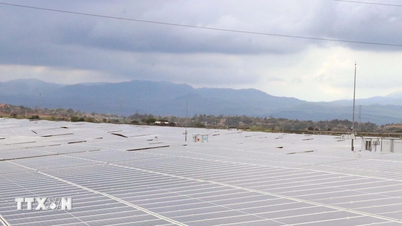


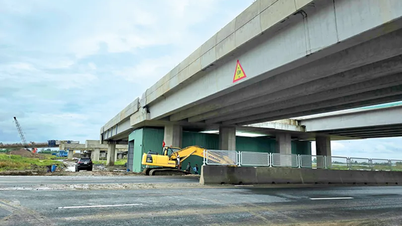



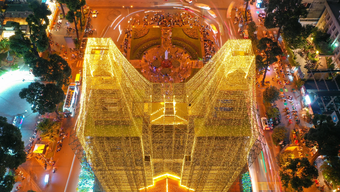




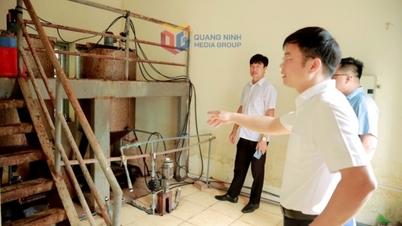
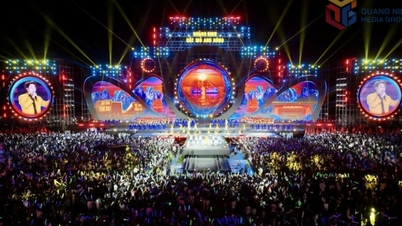


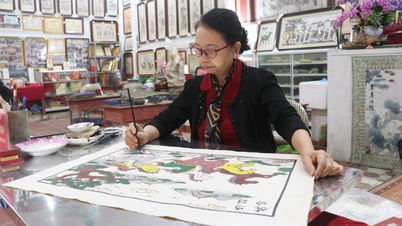





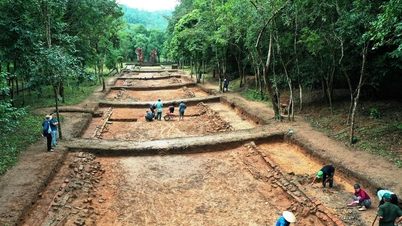











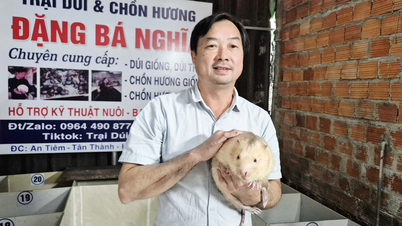

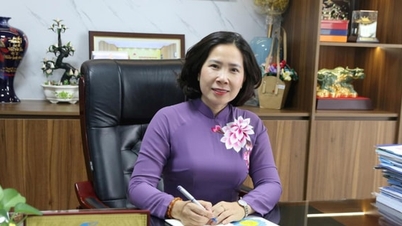



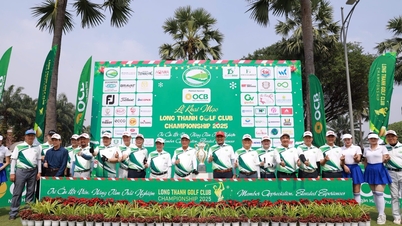


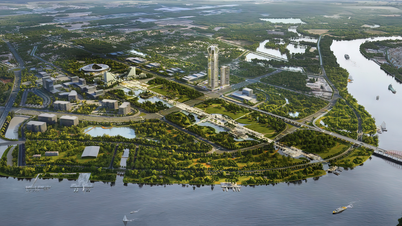





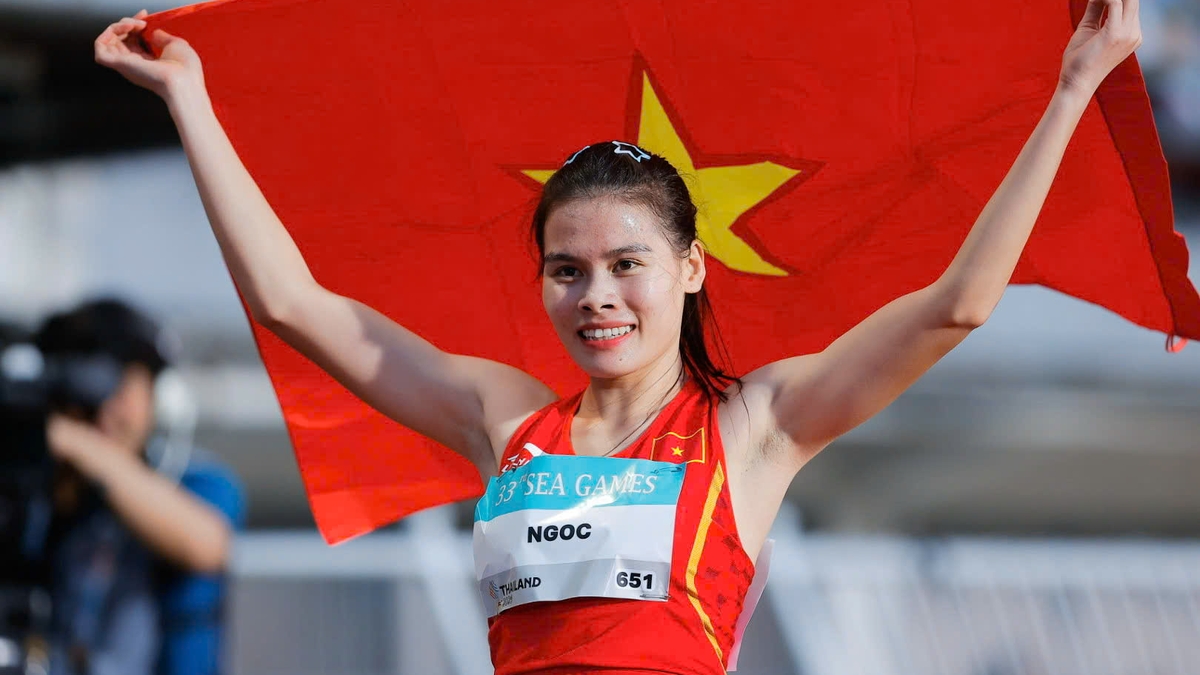

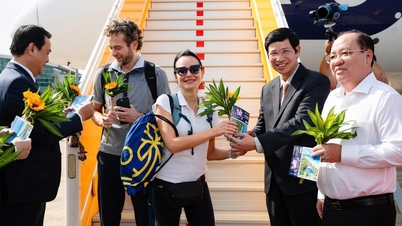





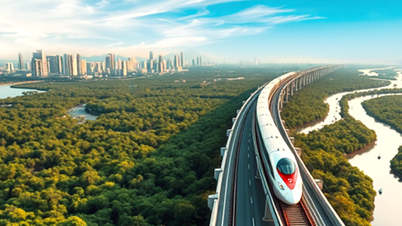







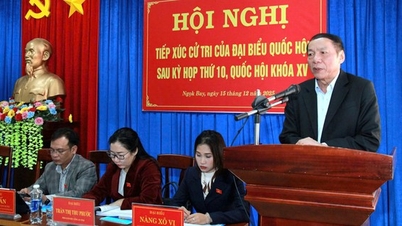





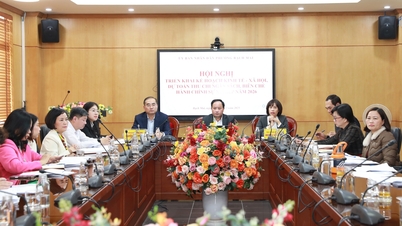
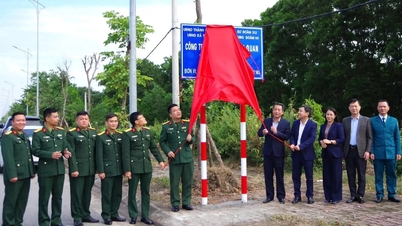












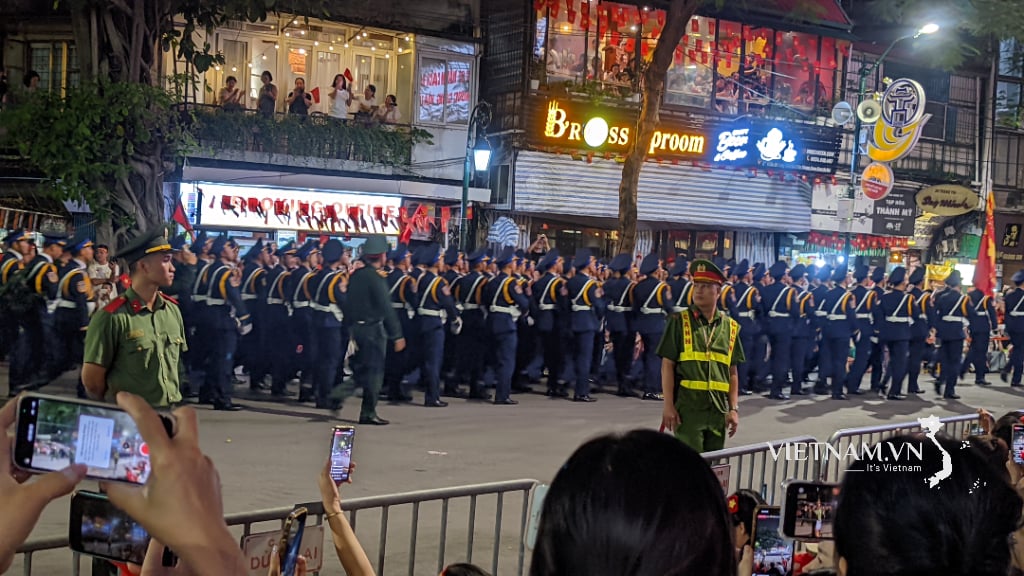
Comment (0)